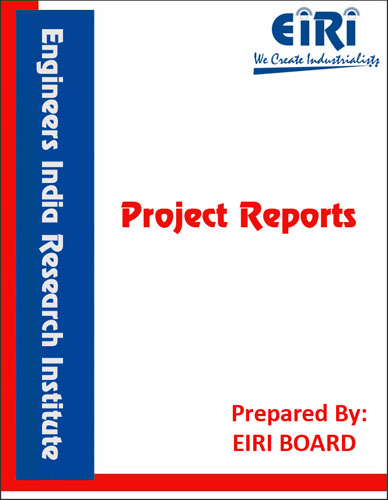GARBAGE TRUCK MANUFACTURING UNIT (ASSEMBLY PLANT)
The project report includes Present Market Position and Expected Future Demand, Market Size, Statistics, Trends, SWOT Analysis and Forecasts. Report provides a comprehensive analysis from industry covering detailed reporting and evaluates the position of the industry by providing insights to the SWOT analysis of the industry.
We can prepare PROJECT REPORT as per your INVESTMENT PLAN for BANK LOAN REQUIREMENT and INDUSTRY ANALYSIS. All reports are prepared by highly qualified consultants and verified by a panel of experts.
Have Query? Click Here to Chat
Industry Expert is Online, Chat with him for more detail.

Waste is a global issue. If not properly dealt with, waste poses a threat to public health and the environment. It is growing issue linked directly to the way society produces and consumes. It concerns everyone.
Waste management is one of the essential utility services underpinning society in the 21st century, particularly in urban areas. Waste management is a basic human need and can also be regarded as a basic human right. Ensuring proper sanitation and solid waste management sits alongside the provision of potable water, shelter, food, energy, transport and communications as essential to society and to the economy as a whole. Despite this the public and political profile of waste management is often lower than other utility services.
Unfortunately, the consequences of doing little or even nothing to address waste management can be very costly to society and to the economy overall. In the abserice of waste regulations and their rigorous implementation and enforcement, a generator of waste will tend to opt for the cheapest available course of action. For example, household solid waste may be dumed in the street, on vacant land, or into drains, streams or other watercourses, or it may be burned to lessen the nuisance of accumulated piles of waste.
Public health: Not having a solid waste collection service has a direct health impact on residents, particularly children. The uncontrolled burning of waste creates particulate and persistent organic pollutant emissions that are highly damaging locally and globally. Accumulated waste and blocked drains encourage vectors to bread, resulting in the spread of cholera, dengue fever and other infectious diseases and are a major contributing factor to flooding. Uncontrolled dumpsites, and in particular the mixing of hazardous and other wastes, can cause disease in neighbouring settlements as well as among waste workers. Box 1.1 presents selected case studies illustrating both the public health problems of uncollected waste as well as the solutions.
INTRODUCTION
MSW COMPOSITION AND PROPERTIES
COMPONENTS AND TYPES OF GARBAGE TRUCKS
DESIGN OF GARBAGE CONTAINER ASSEMBLY
SCOPE OF WASTE MANAGEMENT SERVICES INDUSTRY
THE WASTE MANAGEMENT INDUSTRY IN AUSTRALIA
CONSTRUCTION OF GARBAGE TRUCK
TYPES OF TRUCKS BY SIZE
OVERVIEW OF GLOBAL WASTE GENERATION
SUSTAINABLE DEVELOPMENT IN WASTE MANAGEMENT
PUBLIC HEALTH ISSUES FROM UNCOLLECTED WASTE –A CASE STUDY
METHOD OF GARBAGE CONTAINER ASSEMBLY
PROCESS FLOW DIAGRAM
CONSTRUCTIONAL DETAILS OF GARBAGE TRUCK AND CONTAINER
STANDARD FOR GARBAGE CONTAINER ASSEMBLY UNIT
TECHNICAL SPECIFICATION OF CONTAINER HANDLER
PLANT LAYOUT
SUPPLIERS OF PLANT AND MACHINERY
SUPPLIERS OF RAW MATERIALS
APPENDIX – A :
1. COST OF PLANT ECONOMICS
2. LAND & BUILDING
3. PLANT AND MACHINERY
4. FIXED CAPITAL INVESTMENT
5. RAW MATERIAL
6. SALARY AND WAGES
7. UTILITIES AND OVERHEADS
8. TOTAL WORKING CAPITAL
9. COST OF PRODUCTION
10. PROFITABILITY ANALYSIS
11. BREAK EVEN POINT
12. RESOURCES OF FINANCE
13. INTEREST CHART
14. DEPRECIATION CHART
15. CASH FLOW STATEMENT
16. PROJECTED BALANCE SHEET



